Selection criteria for riding instructor radio systems
Radio systems for equestrian sports – which selection criteria are important?
Anyone who has enjoyed riding lessons with a good radio system no longer wants to go back to loudly shouting trainers and riders who only understand part of the instructions. The range of communication systems for equestrian sports has grown significantly in recent years, and the technology has also developed further. However, this does not make the choice any easier for potential buyers.
Before deciding on a radio set, you should therefore be clear about your own needs. Otherwise you run the risk of buying a system that doesn't really meet your personal requirements. The selection of the seller is also important. Because at the latest when questions about operation or technical problems arise, it will become clear whether the company offers good customer service. The following points are the most important.
Required range:
Depending on the equestrian discipline, different distances have to be bridged. It is important to remember that the range can be reduced by trees, buildings or clothing that obscures the device's antennas.
Frequency of use:
Professional riding instructors or ambitious equestrian athletes who use the devices very frequently should not make any compromises and should dig a little deeper into their pockets for a high-quality system. A very low price usually also means less functionality. If you only use the devices sporadically or have a small budget, you can definitely get by with a simpler model.
Type and direction of voice transmission:
It must be decided whether the devices should only transmit when a button is pressed or permanently.
And whether it is enough if the rider can only hear (One Way) or if he also wants to speak back (Two Way). But: With permanent two-way transmission, the riding instructor also hears the entire background noise on the rider's side, which can be irritating.
The transmission direction can be adjusted as required in some radio systems.
Individual or group lessons:
Most providers stock complete sets for individual lessons. Here the trainer and each rider are each equipped with a radio including earphones and/or microphone. Many basic systems can also be expanded for group lessons, although the maximum number of devices that can be integrated varies.
Headset or earphones and microphone:
One-way systems usually work with an earpiece for the rider and a small, inconspicuous clip microphone for the coach. For two-way transmission, both people have to wear a headset, i.e. an earphone with an integrated microphone. The rider headsets should be able to be secured with plastic straps or rubber loops so that they fit securely even at faster paces. If you change users frequently, you should consider purchasing multiple headsets/earphones for hygiene reasons.
Size and attachment of the devices :
The devices should not be too large and should be as light as possible. They usually have belt clips on the back. Attached slightly to the back of the waistband, they do not interfere with climbing up or over the jump. Alternatively, some suppliers offer practical belt bags for fastening.
Service:
Riding instructor radio systems should be easy to use. The effort required for the initial setup varies considerably depending on the type of transfer. While pure transmitter/receiver systems are usually almost self-explanatory, devices with multiple transmission options usually still need to make some basic settings. A meaningful and easy-to-understand operating manual helps here. The user should familiarize themselves with this before commissioning in order to be able to optimally use all the desired functions and the possibilities of the devices.
Operating time:
There are also big differences in terms of service life, so it is advisable to read the product description carefully. Devices with replaceable rechargeable batteries can be equipped with charged replacement batteries if necessary. Permanently installed batteries, on the other hand, must be connected to the power grid to be charged.
Additional functions:
Some features that go beyond just teaching can be useful. Some systems have an additional input through which music can be played. Anyone practicing for a freestyle will appreciate this opportunity. A mute button on the transmitter is also quite practical, with which the transmission can be briefly interrupted, e.g. B. when the riding instructor gets a call.
Service:
Most riding instructor radio systems are sold online. It is also very important here that good advice is offered before and after the purchase. An expert dealer will help the potential buyer make their selection by asking specific questions over the phone or by email. Sometimes questions arise later, e.g. B. when setting up the language system. Then customer service should be easy to reach. Shop certification from a reputable seal of quality provides additional security when purchasing.
Accessories/spare parts:
An extensive range of accessories suggests a professional range, where spare parts may also have to be ordered. Transport cases and protective bags for the devices as well as alternatives for the headsets are very useful.
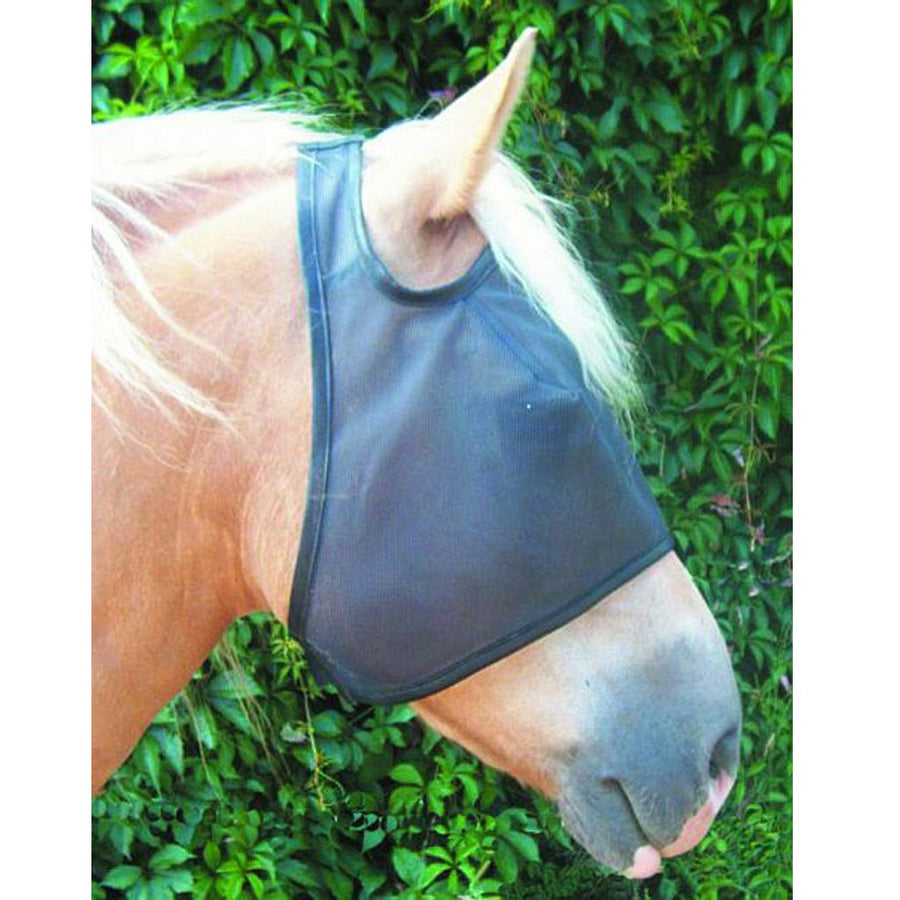
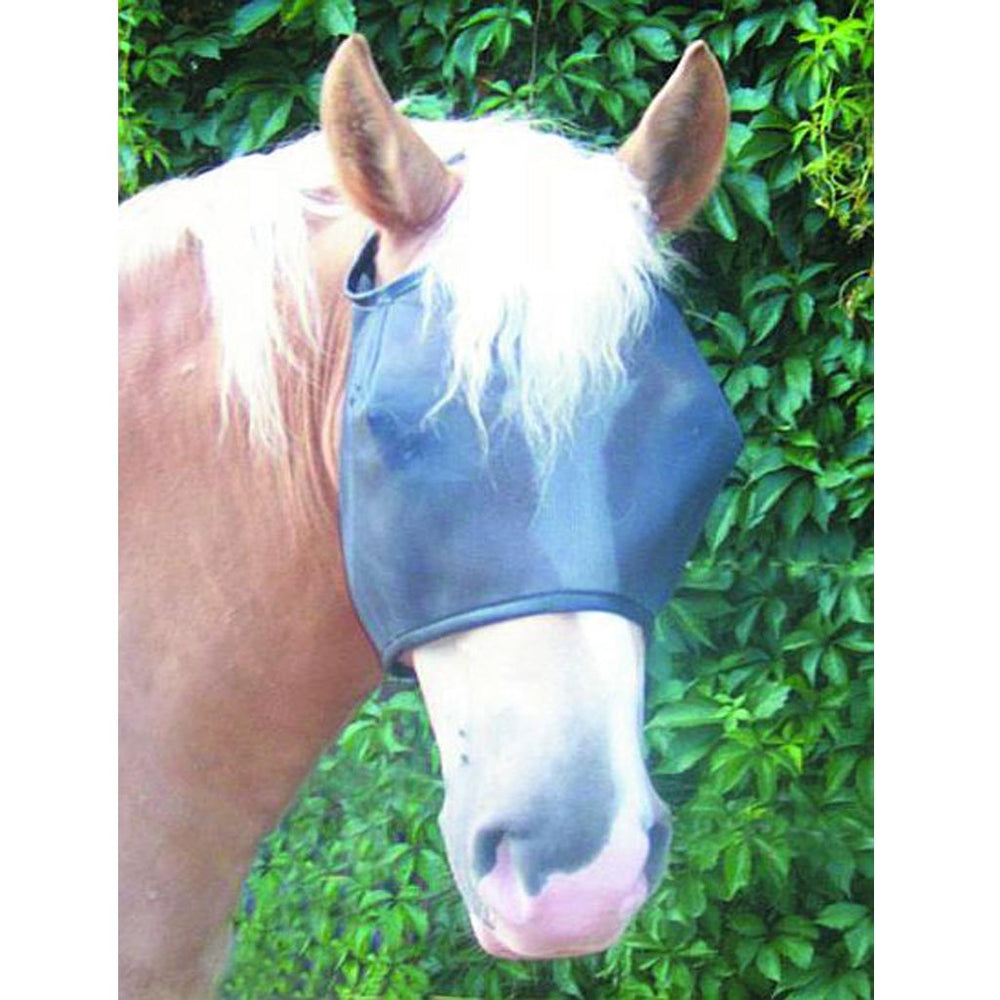
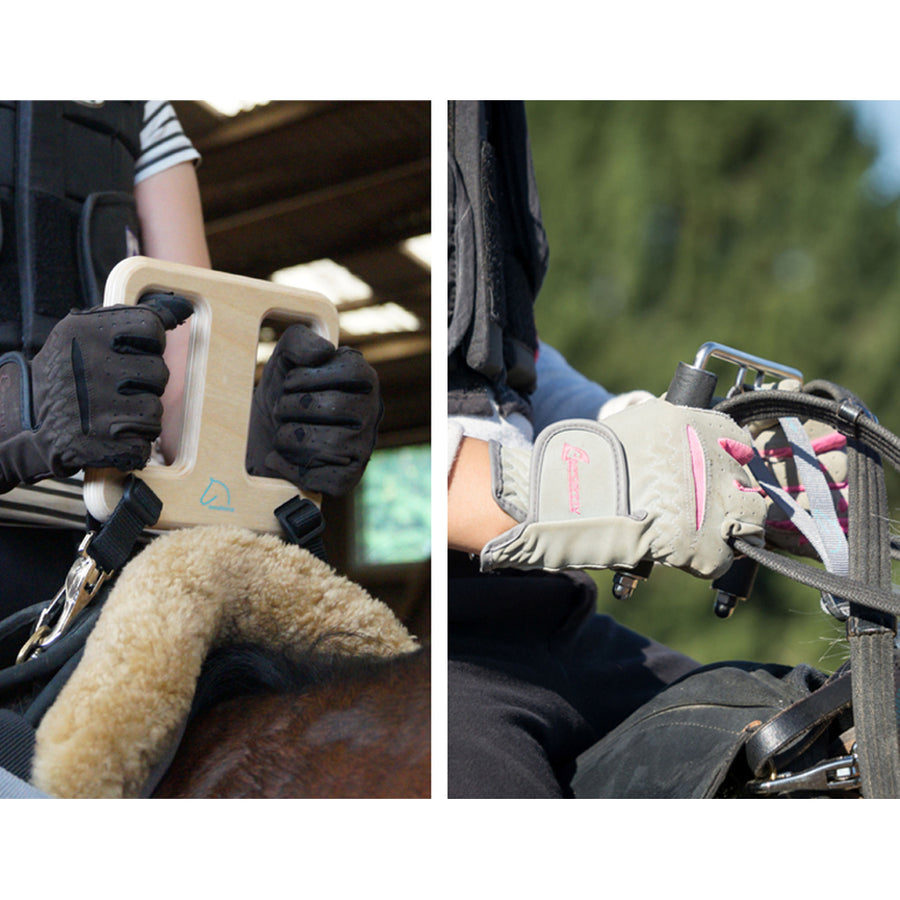
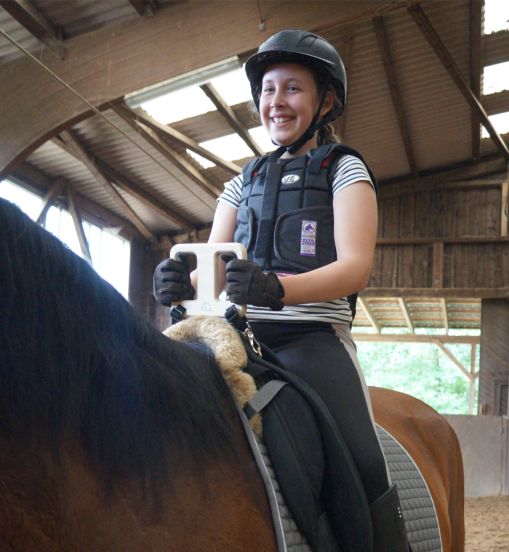
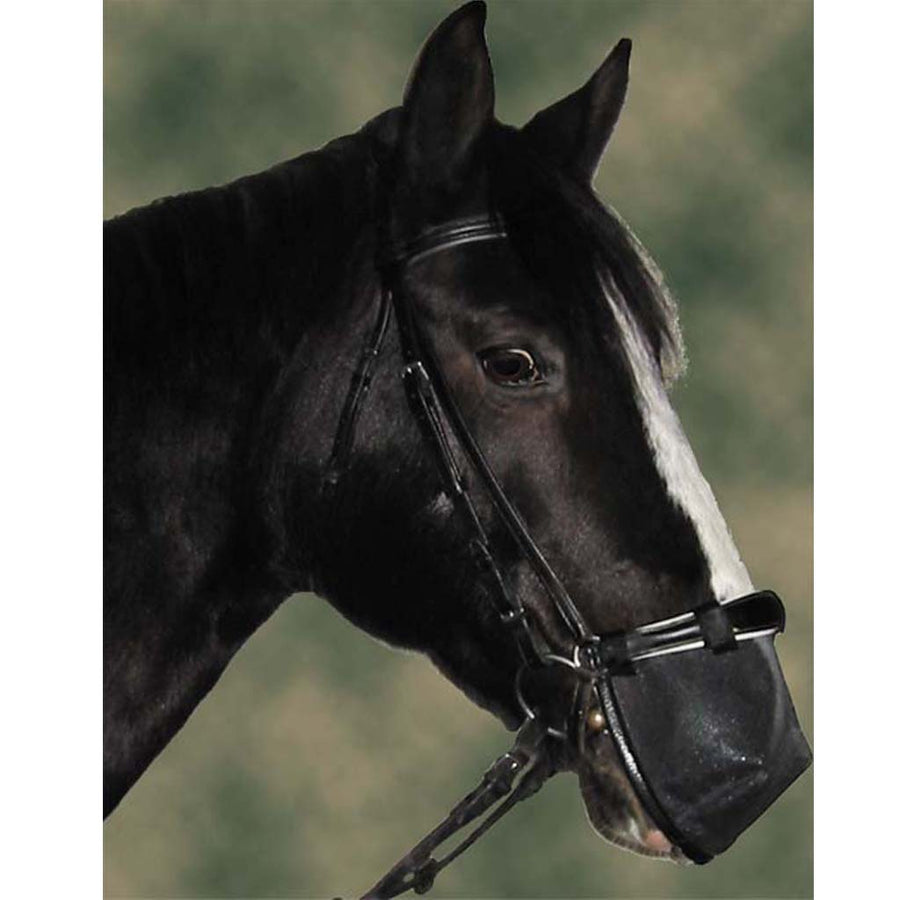

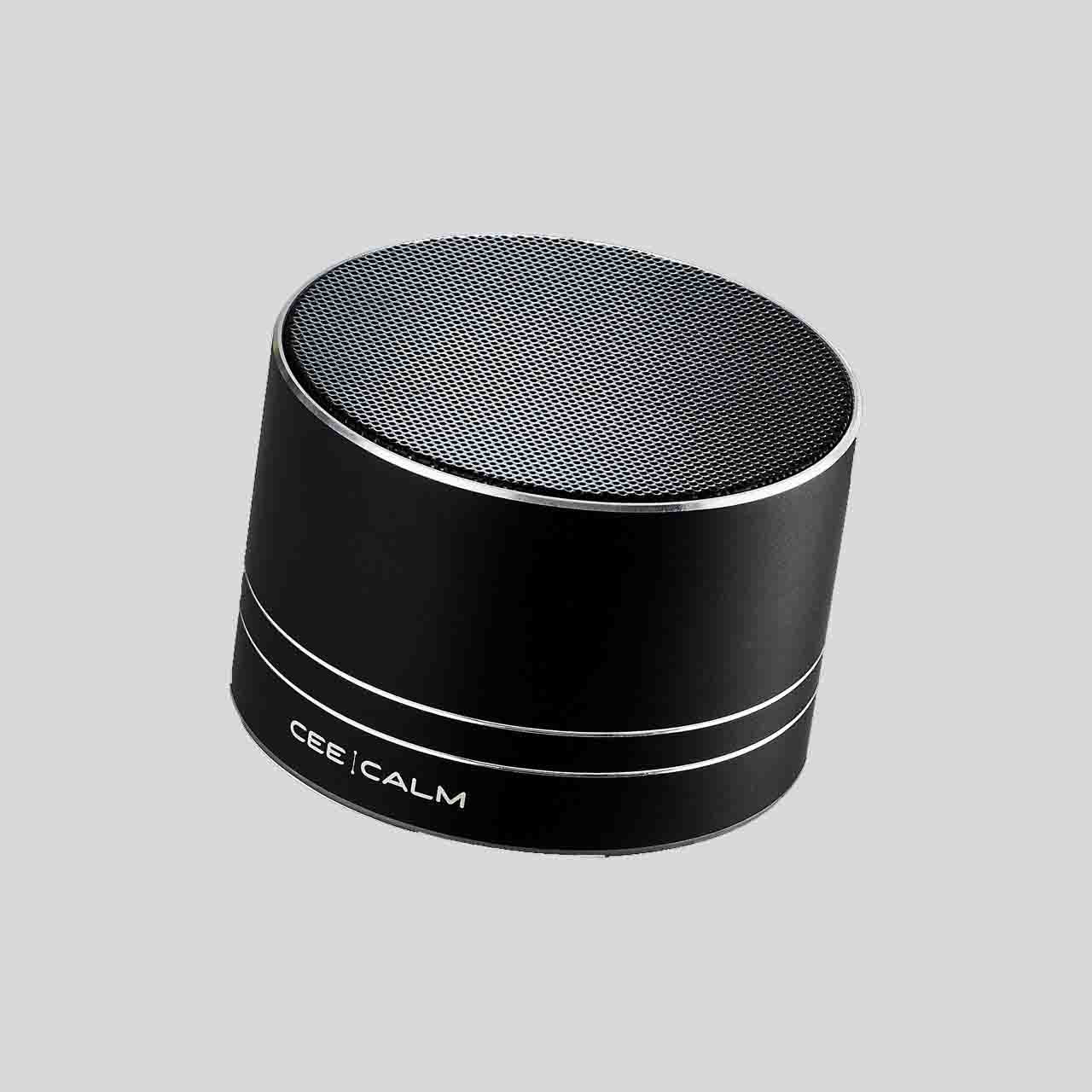


War hilfreich bei der Auswahl.
Write a comment